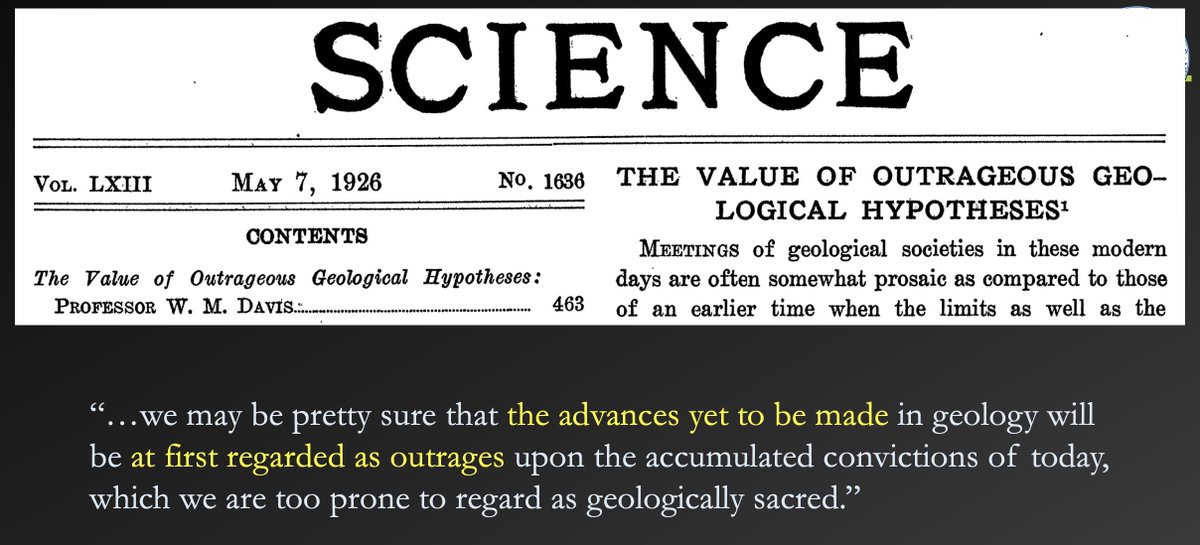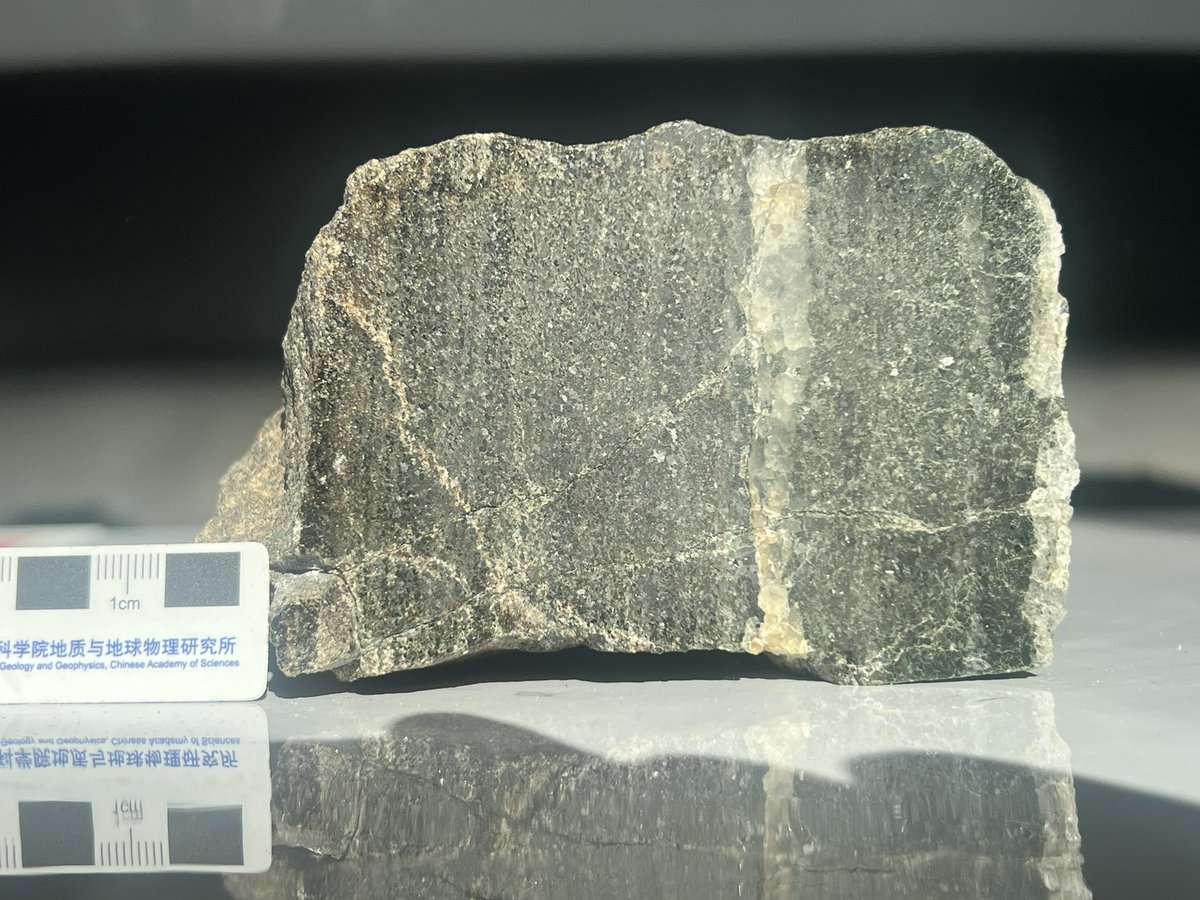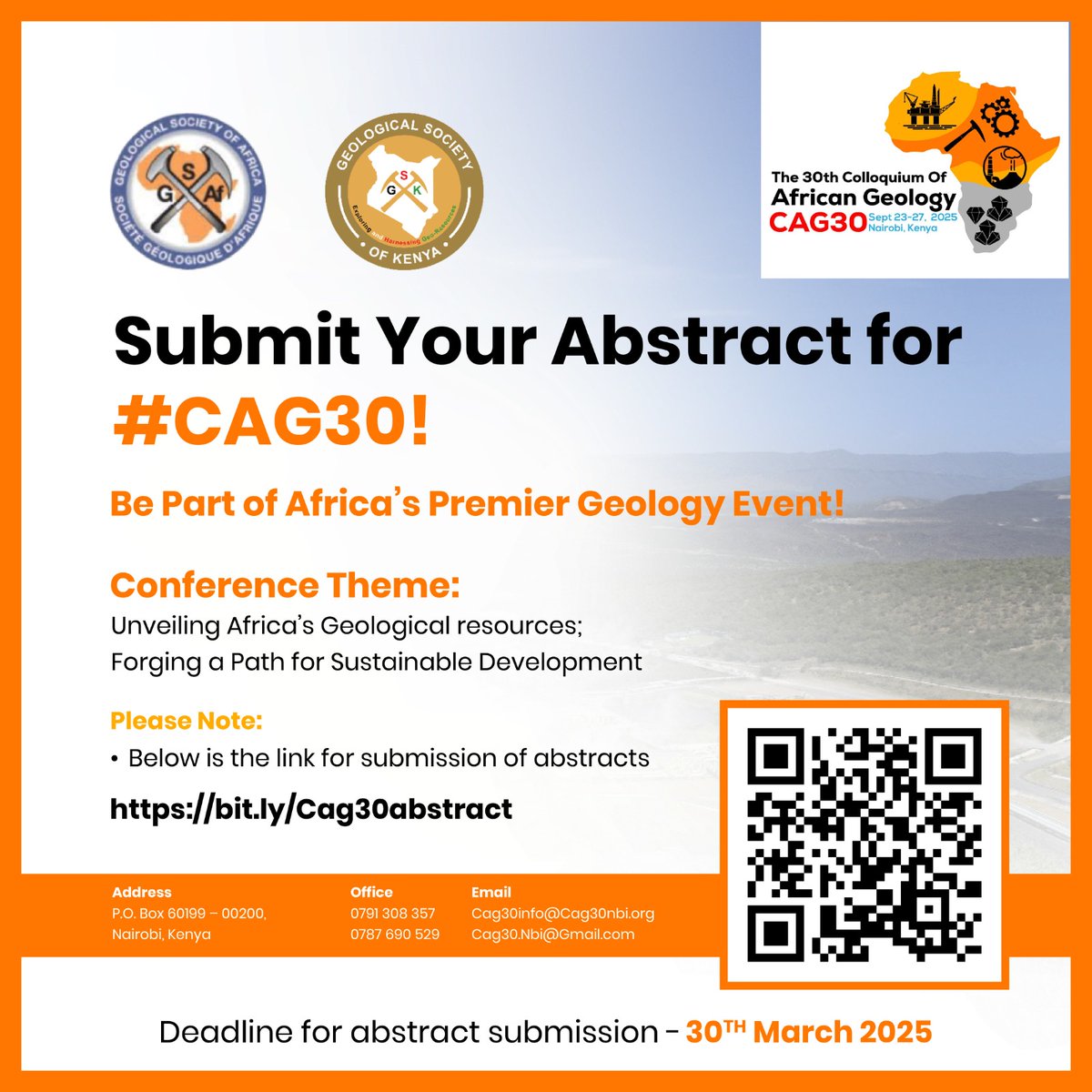
ルマニャ
@bin21o
God. Family. Friends. #DRC🇨🇩. Science. 地質学. Research & Teaching at @Geo_UOBukavu. Music. Football. Views are mine. #RT is not endorsement. #Team243 👊🏾✊🏾✌🏾
ID: 1642467486
03-08-2013 09:48:03
5,5K Tweet
552 Takipçi
357 Takip Edilen
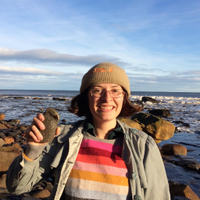
Excited to (finally!) share our new paper on sagduction within the Archean crust. Was it an important process? We think not! This was a really cool project to work on with Owen Weller-Gibbs and Alex Copley. Check it out here: authors.elsevier.com/sd/article/S03…



#FellowFriday — Growing up during China's Cultural Revolution, Emeritus Prof Zheng-Xiang Li FAA (Curtin University) never expected to attend university. Now, he’s redefined our understanding of Earth’s internal mechanisms and of supercontinents.


Do you study the lithosphere, its formation & evolution through time? Submit an abstract to theme 3 at #Goldschmidt2025 in Prague, more info: tinyurl.com/bdekatcv Abstract submission deadline 26 February: tinyurl.com/5fk8tff9 @EAG_ Geochemical Society

New paper alert - probing apatite chemistry as a pathfinder to tin and lithium mineralisation Earth & Environmental Science, St Andrews Martin Mangler link.springer.com/article/10.100…
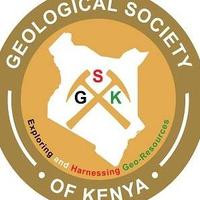





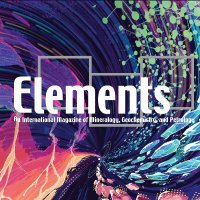

Thrilled to see the first application of our new thermodynamic models for alkaline silicate systems by Dr Carrie Soderman! Not only explains co-genetic Qz and Ne normative melts but also shows ‘sweet spot’ for REE enrichment when crystallising just below the ~4 kbar tipping point 🤩




